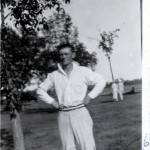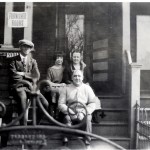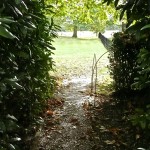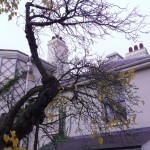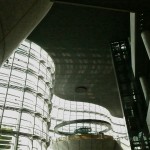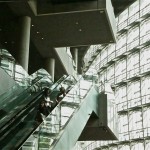EDAU International PhD Studentship
UNIVERSITY OF CENTRAL LANCASHIRE
International PhD Scholarship
The Electronic and Digital Art Unit (EDAU), School of Art Design & Performance
Reference No INT-004MeighAndrews
Applications are invited for a full-time scholarship available in the School of Art, Design & Performance. The scholarship is tenable for up to 3 years for a PhD (via MPhil route) [subject to satisfactory progress] and is open to international applicants only. UK/EU applicants are not eligible to apply. The scholarship will provide £15000 towards the cost of the International tuition fee over 3 years.
Project Title: The Exploration and Investigation of Electronic and Digital Space in Artists’ Video
Project Description: Based at the Electronic and Digital Art Unit (EDAU), which houses an extensive archive of international artists’ video, the project will focus on research and analysis of the potential relationships between physical and virtual space that has been developed by artists working with video over the last 40 years. The specific focus of the project in terms of the artists, works and processes to be studied and examined, and the format of the research outcome(s) would be determined by the student in consultation and with the guidance of the supervisory team. It is envisaged that the selected student will be a practicing artist with an interest and/specialisation in the electronic moving image, but the research may be either practice-based, practice-informed, or entirely academic in its approach and final outcomes.
Applicants should have, or expect to receive a qualification equivalent to a high class UK honours degree.
Informal project related enquiries may be directed to Professor Chris Meigh-Andrews: email Cmeigh-andrews@uclan.ac.uk Tel 01772-893204
Application Forms can be found at: www.uclan.ac.uk/studentships
Completed application forms should be emailed to researchdegrees@uclan.ac.uk
The closing date for applications to the Graduate Research Office: Friday 13 May 2011 5pm British Summer Time
Proposed Interview Date: Wed, June 1st, 2011











